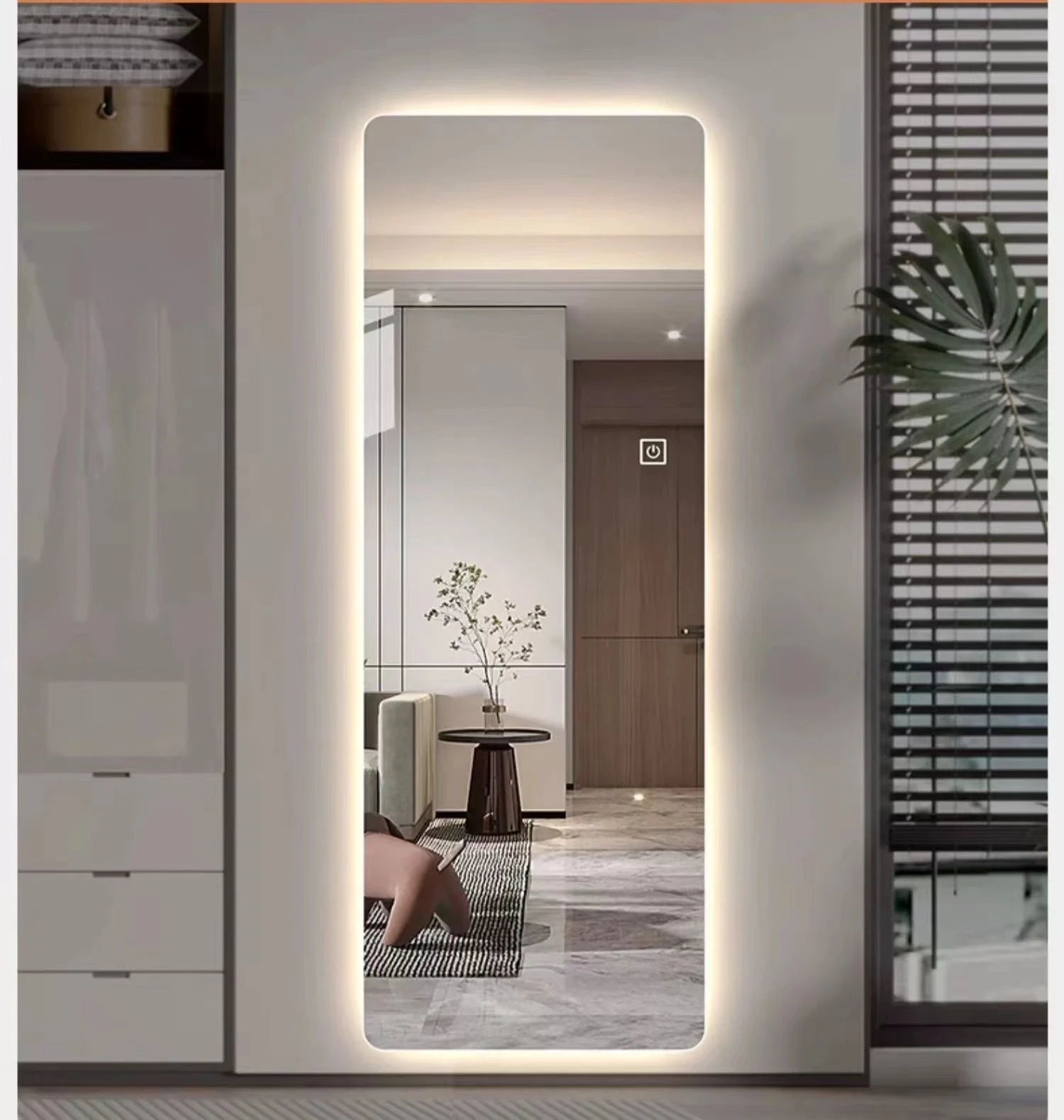

Remote Controlled Frosted Glass A Modern Touch to Interior Design
In today's fast-paced world, innovation continues to revolutionize the way we live and interact with our environments. One of the most exciting advances in interior design is the introduction of remote-controlled frosted glass. This remarkable technology not only enhances the aesthetic appeal of spaces but also offers unparalleled convenience and privacy.
Remote Controlled Frosted Glass A Modern Touch to Interior Design
This versatility offers a multitude of applications in both residential and commercial settings. In homes, remote-controlled frosted glass can be used for sliding doors, room dividers, or bathroom windows. Homeowners seeking a balance between openness and privacy find this feature especially valuable—an open, airy living space can instantly transform into a secluded oasis with a simple command. Imagine entertaining guests in an elegant living room, then with a tap on your smartphone or a flick of a switch, turning your dining area into an intimate setting for a romantic dinner. The possibilities are endless, providing homeowners with the flexibility to adapt their environments seamlessly.

In commercial settings, particularly in offices and workplaces, remote-controlled frosted glass serves both functional and aesthetic purposes. Glass partitions can create collaborative workspaces while maintaining a sense of privacy when needed. Managers can easily adjust the transparency of meeting rooms, transforming them from open areas into enclosed spaces for confidential discussions. Furthermore, these partitions elevate the overall design of the office, projecting a modern and sophisticated image to clients and employees alike.
The energy efficiency of remote-controlled frosted glass should not be overlooked. By controlling the amount of light that enters a space, it helps to manage indoor temperatures, reducing the reliance on heating and cooling systems. This capability not only decreases energy costs but also contributes positively to environmental sustainability—a significant consideration for today’s eco-conscious consumers.
The technology behind remote-controlled frosted glass is straightforward yet sophisticated. Typically, it employs liquid crystal polymer technologies, which allow the glass to switch between opaque and transparent states when an electric current is applied. This technology ensures that the glass can maintain its appearance and functionality over time, making it a wise investment for those looking to enhance their spaces.
In conclusion, remote-controlled frosted glass is more than just a design trend; it is a transformative innovation that merges aesthetics with practicality. It redefines modern interiors by providing flexibility, energy efficiency, and heightened privacy. As technology continues to evolve, incorporating such smart features into our living and working spaces is not only desirable but also essential. Remote-controlled frosted glass stands at the forefront of this evolution, paving the way for the homes and workplaces of the future, where ambiance and functionality coexist harmoniously. Whether transforming a space for relaxation or collaboration, this technology empowers users to curate their environments according to their unique needs and preferences.